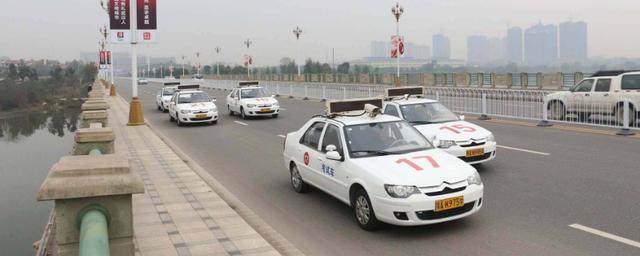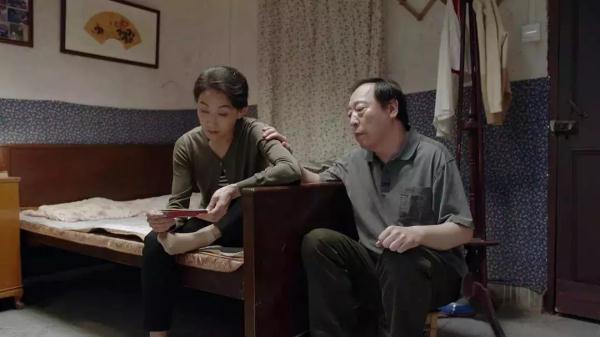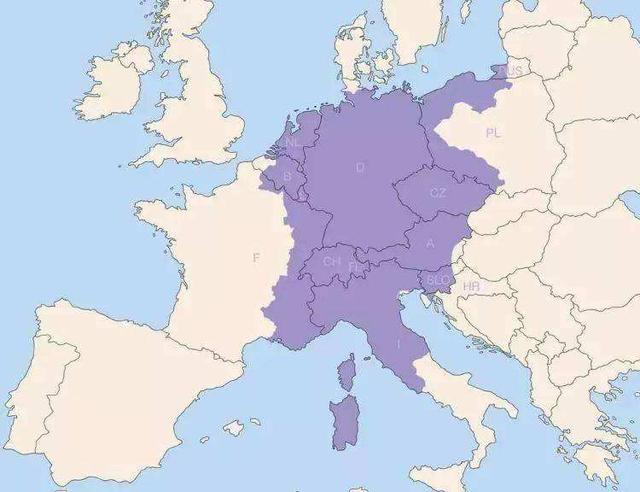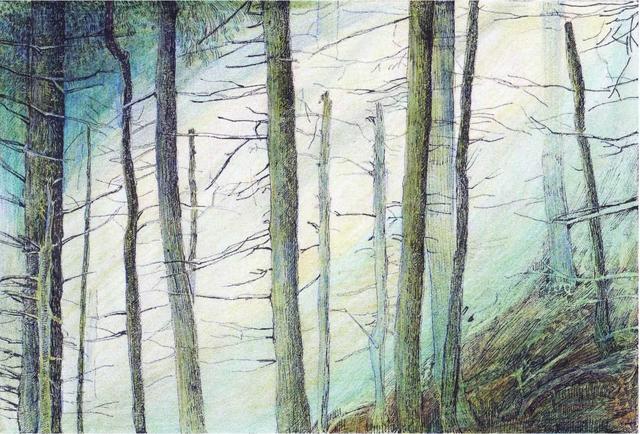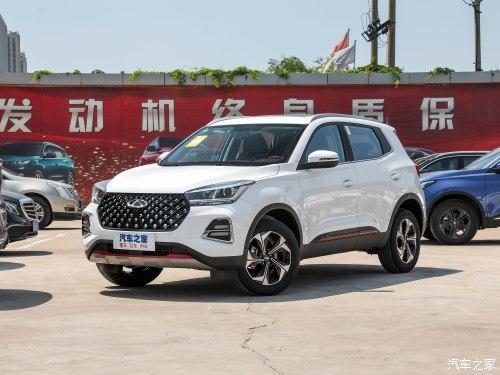关于【adj是什么词性英语】,adj是什么词性,今天小编给您分享一下,如果对您有所帮助别忘了关注本站哦。
- 内容导航:
- 1、英文语法 - 词性: 名词和形容词
- 2、adj是什么词性英语:adj是什么词性
1、英文语法 - 词性: 名词和形容词
视频加载中...
Hi, welcome to engVid, I'm Adam. In today's video, I'm going to start talking to you about the parts of speech.
Now, some of you might think this is a lesson for beginners, which it is for the most part, but even if you're at the intermediate level, even if you're at the advanced level, there's
plenty for you to gain out of this video, so please watch how I explain and I get into more detail about the different parts of speech.
Now, when I talk about parts of speech, what does this mean? Well, every word in English has a certain category that it falls into.

So, if you're looking at an English sentence, every word has its part of speech, and it's very important to know what the different parts of speech are when you're learning how
to construct sentences, okay? Because you need to know what can be a subject, what can be a verb, the different types of
verbs, what is an adjective, what is an adverb, you need to know all these things so you can start building your sentences, okay?
So, these are the parts of speech. There's one more here, but I'm not going to worry too much about it.
We have nouns, adjectives, verbs, adverbs, pronouns, articles, conjunctions, and prepositions. The one that's not on here is called interjections like "Wow!"
"Ah!", like these sorts of sounds. We're not going to worry too much about them because those are a little bit self-explanatory.
So, in this video, I'm going to concentrate on nouns and adjectives, okay? There will be separate videos for the other conjunctions, you can find links in the description

box for these, and if the link is not there yet, the video is coming, just look out for it and you can watch separately.
So again, today we're looking at nouns and adjectives. Now, most English teachers, when they teach their students what a noun is, they say it's
a person, a place, or a thing, and that's it. Then they move on to the next topic.
But you have to get a little bit deeper into what these things mean because there are different types of ways to talk about person, there are different ways to talk about place, there
are different ways and different types of things, okay? So, it's important to know all the different ways you can look at a noun and the different
forms that they take, which I'll talk about soon as well. So, let's start with person.
What is a person? So, a person doesn't just mean man, woman, or things like that, or the guy over there,
the girl over there. Person can be a name.
Now, this is called a proper noun, when you're talking about a person's name, it's still a person, it's still a noun, but it's a proper noun.

Proper nouns always take capital letters. So, for example, Bill.
The man's name is Bill. Bill is a proper noun, it takes a capital B, so we have names.
Pronouns are technically nouns, but as you notice, they're considered a different part of speech, so I'll talk about those separately.
Title - now people often sometimes forget that your job title, your position in a company or an organization, this is also a noun, a person noun, okay?
CEO, Chief Executive Officer, that's a noun. Student, that's a person noun, okay?
Different ways to talk about people in terms of their position in an organization, in life, etc.
I'll give you another one: retiree. A retiree is an older person who has stopped working.
Usually at 65 years old, but again, retiree is still a noun, and just knowing that it's a noun helps you place it within a sentence, okay?
Gender. Man, woman, there's a lot of different varieties of gender these days, okay?

You have transgender, etc. , but gender, male, female, man, woman, etc. these are still person. You could think of it as a thing, but we'll talk about that separately.
Age. So, a senior, senior can also be an adjective, which we'll talk about after this, but senior
can also be a noun, and you're referring to a person, according to his or her age. A teen, a youth, etc. , all of these are nouns, person nouns, based on their age.
So you can see just saying "person" is not enough. There's different areas and different types of person, and the same thing for place, different
types and ways of looking at place. Again, name.
The name of a place, like Paris, still a proper noun, okay, proper noun - capital. Location, in the back, okay?
Beside something - that's preposition, we'll talk about separately. In the back, in the east, in the northeast, etc.
If I'm looking at it as a place - sorry it's a little messy - east, for example, is a location. You have abstract places.

Now, you can think of heaven as a place, some people believe that when they pass away, they will go to heaven or to hell, depending on the person, but heaven is not a real place,
it's an idea, right? So it's an abstract place, but it's still a place noun that you have to recognize.
Or, a description of a place can also be - again, the back, or the example escapes me now, but I'll come back to that one anyway.
So, description of a place. Oh, no, it's gone, okay.
It'll come back to me. Thing, now thing is where people get lost when it comes to nouns because they don't
realize that thing can be so many different types of things.So, first we're going to look at animate and inanimate.
Animate is anything that is living, okay? Like animals, any animal is technically a thing.
Now, let's say you have a dog or a cat and you're very attached to your pet and it's a part of the family and it's a male dog.

So, you call him "he". Technically, the correct pronoun would be "it", because your dog is a thing.
It's an animate thing, but it is a thing. It is not a person, okay?
So, any animal, any fish, anything that is moving, anything that is alive. Again, the question between plants and animals - plants are technically living things, but
they don't really move, they stay in place, so they're inanimate. But when we talk about inanimate, we're generally speaking about things that are not alive.
Table, chair, ball, court, street, all of these things are inanimate. Now, generally, animate and inanimate things can be sensed by the five senses; you can
see them, hear them, smell them, touch them, or taste them, right? So, these are the five senses, but there are many things that are abstract, okay, that
the five senses are - they're not accessible to the five senses, they're more in the mind. They're ideas and concepts, okay?

So, happiness is an idea, but it's also a feeling. So, all of these things are technically ideas and then the ideas can break down into further
categories. Feeling - love.
Love is a noun, it is a thing, but it is not a thing that you can see or touch or taste. I mean, some people say that you can but it's not - you associate certain things with love,
but love is just an idea. It exists only in your mind, maybe in your heart, okay?
Happiness, same idea, it's a feeling, but these feelings are just concepts. Now, money.
Can you actually - does money exist? Well, you think "Yeah, of course, I have some in my pocket."
Well, if you pull the money out of your pocket, what you have is paper and metal. The fact that this paper and metal has some value is just an idea.
Paper is paper, metal is metal. Money is the idea of value added to these things, to these inanimate things, okay?
So, these are concepts. There're also imaginary things, okay?

Things that you can only imagine. For example, a unicorn, I'll put it here.
A unicorn, a unicorn is a horse with a horn, right? Is it real?
No, I mean, I've never seen one, never even seen a picture of one [DECKARD! ], so it's imaginary but it's so real that we call it a thing because we can visualize it.
We can see it in our minds like it's a real thing, but it's an imaginary thing. A quality.
Kindness. Kindness, can you measure it?
Can you touch it, can you feel it? No, it's just an idea, but it's an idea of a certain quality of a person, for example,
okay? Subject.
Math. What is math?
Math is just an idea, right? It's putting these things like, 2+2=4.
Can you see two? Can you touch two?
Can you do anything with these numbers of equations? No, it's concept that we can apply to real life things in real life, but again, they're
just subjects. They're just concepts.
Activities - swimming, you can do swimming, but swimming is just an idea at the end of the day.

There's no such thing as swimming. There's not dying when you get into the water because you're moving, right?
So, the activity itself is still a thing, right? So when people say a noun is a person, place, or a thing, not enough.
You need to know all the different details of person, of place, of thing, and again, there are other ways to describe these things, but these are the main ones that you need
to understand. Now, when we want to use nouns, there are different ways to use them.
There are pure and simple nouns. For example, let's just say "ball", let me use a black pen here.
A ball, okay? You can - it's a round thing, you can hold it, you can throw it, you can catch it.
This is a simple noun, it's a pure noun. By itself, it means the thing.
A gerund is an -ing noun, and it's technically - what you have to remember about gerunds is that they are verbs that are changed into nouns, so they are not pure nouns.

You have to take an action and convert it into a thing. So, for example, smoking, like for example, smoking a cigarette.
To smoke is the verb, smoking is the activity, there is no simple or pure noun for this activity, okay?
There's cigarette, and then there's smoke that comes out of the cigarette, there's fire, etc.
There's no such thing as smoke as a noun. So, you have to use it as an activity and talk about it that way.
Then we have compound nouns. When we have "basketball coach".
Basketball squeezed together into one word: basket - basketball, sorry, coach is the person. So, you have a thing, you have a person, you put them together, and the first noun now
works as an adjective to the second noun, but you have - all of them are actually nouns. And then you have the noun clause.
What you said is true. "What you said", although each word has its own part of speech, the whole clause works
as a noun, and in this case, a noun subject, okay? So, there's different ways to look at nouns, different ways to look at adjectives, different

ways to look at verbs. So now, we're going to have a look at the adjectives and different ways to look at them
and understand what types of adjectives we use. Okay, so now we're going to look at adjectives, but before we do that, remember I mentioned
noun as a place and I mentioned description. So, for example, neighborhood or city, you're describing the function of a place or the
use of a place or the way a place looks or feels in terms of community, etc. So, there's different ways to do that as well, so neighborhood, a description place, but
again, you can also think of it as a thing. A neighborhood can also be a thing, or a city can be a thing, but generally we think of
these as places and nouns. Anyway, glad I got that out of the way.
Adjectives, we're going to look at adjectives. So, an adjective, or adjectives describe nouns.
Let me put - an adjective describes a noun. So, when you have a noun, you have a person, place, or thing in different categories, and

you want to give a bit more information. So, for example, if you want to say, "a table", well, table is not enough, because if you
say the word "table", I imagine a long table, rectangular, made of wood, where people sit down to have a picnic outside.
Somebody else hears the word "table" and they think of a small square thing where you just sit down to have a quick meal and go on.
Somebody else thinks of a glass table, somebody else thinks of a metal table. So, table is just an idea, it's a thing, but it's an idea until you make it more concrete,
okay, or specific is another good word. So, the opposite of abstract is concrete.
So, abstract is - could be anything. Concrete is very specific, and everybody can relate to the same thing.
So, how do you make something abstract - how do you make an abstract noun concrete? You describe it.
You describe it using adjectives. Now, there are many different types of adjectives, but here are some that you can get started

with, right? When you talk about the appearance of something, you can talk about shape.
You can talk about color. You can talk about size, for example, okay?
All of these will describe how something looks. You can even say, for example, in terms of fashion.
Fashionable, if you want to describe a person and you say he or she is fashionable, right away I can understand, I can picture a person who is wearing nice clothes, trendy clothes,
etc. , right? So, you want to talk about appearance.
You want to talk about composition. So, let's go back to that table.
I can have a wooden table, or I can have a glass table, or I can have a metal table, okay, so the composition, the material, something is made of is another way to describe it,
right? This is all composition.
You can also talk about measurements. You can use numbers, right?
So, a five liter can - jug of water, let's put jug, it's better.Right, so the measurement tells me the size, the quantity and I have a better idea.

So, if you tell me a jug of water, this could be a jug of water, but this could also be a jug of water.
This could be a jug of water, right? Again, at a certain size, you will use a different noun.
You will say barrel or tub of water, but measurements give more of an idea. Inches, feet, meters, kilometers, etc. , to describe.
You can talk about age, okay? So, you have, let's go five again, a five-year-old boy.
If you say only "boy", like a one-year-old baby boy, or a 19- or 18-year-old teenaged boy?
Very different idea of boy at different ages. You want to make it more concrete?
Tell me the age of the boy. If you want to talk about a city, a modern city, an ancient city.
The more concrete you make it, the more descriptive your language is, again, in spoken English and written English, very, very important, the more descriptive, the clearer the picture
in my mind of that thing. And you can also describe abstract nouns.
You can talk about all these things. You can give me an idea of what heaven looks like according to your imagination.

Heaven looks this way to some people, heaven looks another way to other people. The more adjectives you can use to describe heaven, the clearer my understanding of your
idea of heaven is, right? So, adjectives are very important.
Quality, okay, a nice person, a mean person, these are all qualities of people, of things, of places, right?
A big city, a small city, you're talking about size but you're also talking about a busy city.
You're talking about an idyllic city, like very peaceful or quiet, or town or whatever. Most cities are not very idyllic, but again, the more description you give of the noun,
the more concrete the noun becomes. Even if you use a proper noun, like Bill, right?
In the company, there are two guys named Bill, so you have to be more specific to tell me which Bill you're talking about, right?
You can use adjectives. Now, there are different ways to use to adjectives.
So again, there's pure and simple like red, red is a simple adjective. It tells the color of something, but you could also use other things.

You can use clauses. An adjective clause, even though, again, it has a conjunction, it has a subject, it has
a verb, it has an object, it has all these different parts, the whole thing together works like an adjective to describe one noun, okay?
And same with phrases. You can use other pieces - other parts of speech, like prepositions and participles,
okay, "The girl with the red hat", so the girl is the noun, I don't know which girl - with the red hat, you're making the girl more concrete.
"With the red hat", even though it has a preposition, an article, an adjective and a noun, together they work as one adjective to describe the girl, okay?
And you have compounds. So, this is technically a compound adjective.
When you're taking different words, you're joining them with hyphens and you're making - so a five-year-old is considered one word, a compound adjective to describe "boy".
Now, in terms of position, in terms of the order of adjectives, if you have more than one, that's a separate video you can look out for, but for now, these are what adjectives

are. These are what adjectives do, and before we looked at what nouns are and what nouns do
is basically, they form the subject, objects of sentences and other little pieces that are used, like parts of adjective clauses and phrases, etc.
But everything has a position in a sentence, every sentence has nouns. You can't really have a sentence without a noun.
Almost every sentence, or most sentences have adjectives or some form of description. Every sentence has a verb.
There are some adverbs, sometimes not, but all of these parts of speech are very important to understand and recognize so that when you look at a sentence, you can take out the little
pieces, you know what the function of each word in the sentence is, and then you can start analyzing in terms of grammar.
Subject, verb, object, compliment, adverbial compliment, etc. , okay? So, that's it for nouns and adjectives.
Look for another video: verbs and adverbs, and then another video for the rest of them. If you have any questions, please go to www. engvid. com , you can ask me any questions you have about

this in the forum there. There's also a quiz to make sure you understand the different nouns and adjectives, and if
you like this video, don't forget to subscribe to my YouTube channel, and I'll see you again soon.
Bye!
2、adj是什么词性英语:adj是什么词性
形容词
adj.英语中形容词adjective的简称。一般翻译成“……的”。例如:beautiful(美丽的)。其作用是用来修饰名词、感官动词。形容在句中可以作定语、表语、状语、宾语补足语、主语和宾语。
adj.是形容词,其原形是adjective。n.为名词,adv是副词,prep是介词,v.是动词,pron是代词,abbr是缩写,adj.是形容词。形容词是词类的一种,主要用来描写或修饰名词或代词,表示人或事物的性质、状态、特征或属性,常用作定语,也可作表语、补语或状语。
作定语
形容词作定语时通常放在它所修饰的名词前面,称为前置定语,被修饰的名词可称为主体词。

例如:The company is in a difficult situation. 这家公司正处于困难的境地。
作表语
同名词一样,形容词也可以用在系动词后面作表语,修饰主语或说明主语的情况。
例如:This bike is expensive.这辆自行车很贵。
作主语补足语
说明主语所处的状态或其原因。
例如: He spent seven days in the wind and snow,cold and hungry.
作宾语补足语
例如:We must keep our classroom clean.我们必须保持教室整洁。
作主语或宾语
这有一定的限制,主要是指“定冠词+某些形容词”,表示一类人或事物,这种形容词已名词化。
某些形容词加上定冠词可以泛指一类人,与谓语动词的复数连用。
某些形容词加上定冠词(the true,the false,the beautiful等)可以表示抽象事物,与谓语动词的单数连用。
关国家和民族的形容词前面加上定冠词(the British,the English,the Chinese等)指这个民族的整体,与谓语动词的复数连用。
本文关键词:adv是什么词性adj是什么词性,adv是什么词性,adj是什么词性的缩写是什么词的缩写,v是什么词性,n是什么词性。这就是关于《adj是什么词性英语,adj是什么词性(名词和形容词)》的所有内容,希望对您能有所帮助!

